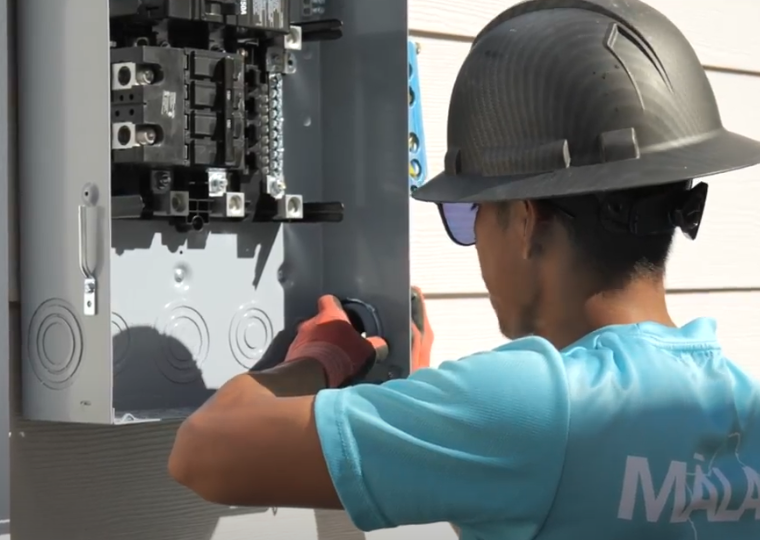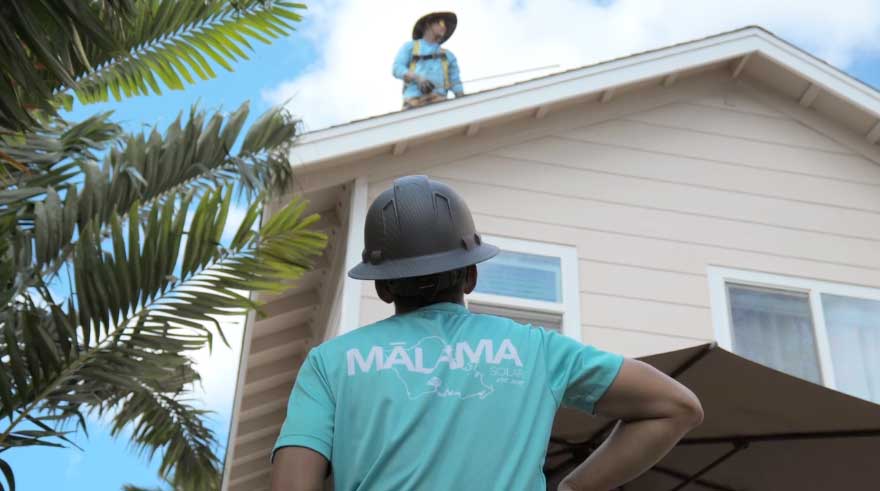The last coal shipment has sailed.
It’s happened—the last coal shipment to ever come to Hawaiian shores landed on July 27th. Hawaii’s last remaining coal plant which is operated by AES will close in September, signaling the end of an era for Hawaiian energy—and a crucial step on ending the reliance on fossil fuels.
In a statement on ,his Twitter, Gov. Ige acknowledged the occasion and said, “This week Hawai‘i is receiving its final shipment of coal. This is a huge step forward in Hawaiʻi’s transition to clean energy. In its time, coal was an important resource for Hawaii and I’d like to thank the workers who have run our last remaining coal plant.”
What’s wrong with coal anyway?
Not only does the burning of coal produce harmful gases like CO2 and methane which pollute the air where it’s burned and contribute to climate change, but the mining of coal is often extremely damaging to local environments as well. Surface mining or strip mining ,destroys natural landscapes and often results in chemicals, heavy metals, and other pollutants leaching into local waterways and harming wildlife. The step to remove coal from Hawaii’s power grid is just one small step towards the larger goal of becoming energy-independent and powered by 100% renewable energy by 2045.
What will replace coal?
Getting rid of coal-powered energy generation has been a long-standing goal on the road to clean energy. So what’s next for Hawaii? In the short term, unfortunately, the answer is oil. According to data from HECO, ,nearly 70% of Oahu’s power comes from non-renewable resources, although that number is thankfully decreasing. Most of the remaining plants generate electricity using oil. So while the end of coal is a welcome development for Hawaii, there’s a long way to go still. Gov. Ige says, “Renewable energy projects to replace coal are coming online with more on the way. Even as we face challenges in making this transition, it’s the right move for our communities and planet.”
One of those challenges will be that oil is more expensive than coal and the market for oil is much less consistent, leading to increased energy costs. That, in turn, can lead to an increase in your monthly energy bill. HECO estimates that residential energy costs will increase by around 20% due to the switch.
So what can you do about it?
There’s a long way to go before our islands are no longer reliant on fossil fuels. Someday, our wind, solar, and biofuel plants will meet our energy needs. But we also don’t have to wait. By installing a photovoltaic system on your home, you can help Hawaii towards its goals and start saving money on your electric bill. The initial cost can seem steep, but today’s solar panels are highly efficient and more affordable than ever, and begin paying themselves off immediately.
Are there tax incentives for installing solar panels?
Yes! In fact, Hawaii has incentives in place that can cover a significant portion of the cost of installation. The Hawaiian legislature is also currently working on extending the state rebates to incentivize homeowners to switch. Additionally, there’s a federal tax incentive currently in place that covers 26% of the cost of installation. At Malama Solar, we can help you navigate the rebate maze to make sure solar installation makes sense for you.
How can I get started with solar power?
Text or call Malama Solar! Our team can give you a free estimate and get you on your way to energy independence. Reach out to a team member at 808-425-9566.
Check out this funny video our owners made about the last coal shipment!



